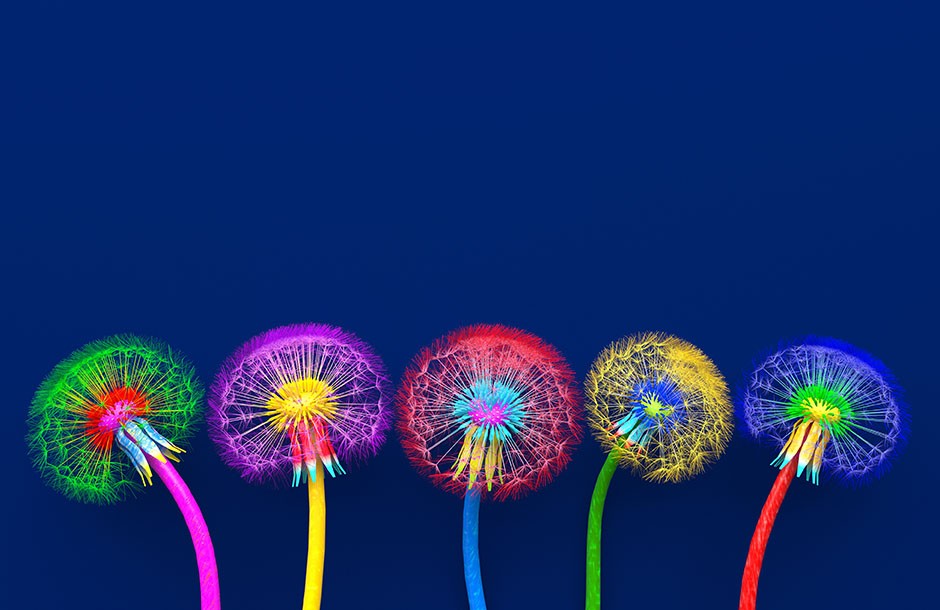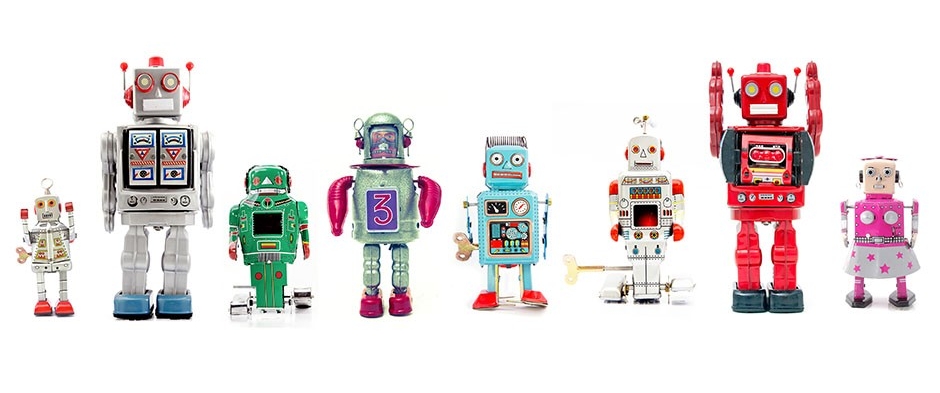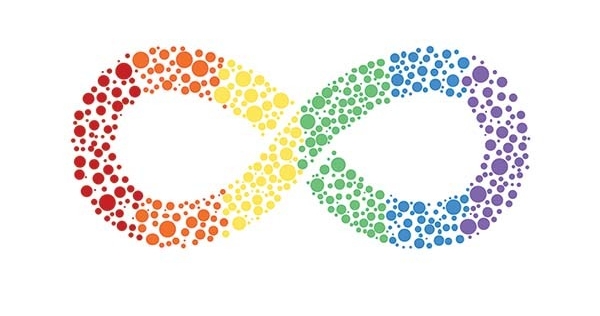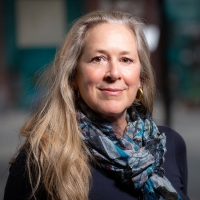Neuroplasticity
Historically, creativity in neurodivergent individuals was thought to be a form of aberrant genius, connecting inspiration to melancholia or eccentricity. While creative types were described as suffering from ‘divine madness’ in Plato’s time, the 19th century Romantics celebrated the artist as a rebellious ‘savant’. Then, the perception of creative innovation was radically different and speculative. Recent neuroscientific research, however, has been better able to identify differences in neural patterning when performing both cognitive and creative tasks. We are long past defining creative cognition through right brain/left brain dominance. Multiple regions of the brain are activated or limited in concert with each other to make creative flow possible. Some areas of the brain, such as pattern recognition in the left hemisphere and novelty in the right hemisphere can now be seen as lateralized, with connectivity between the distinct parts.
Interestingly, many individuals on the autism spectrum and those who have suffered certain types of brain trauma have developed enhanced creative capacity. Similarly, many learners with dyslexia excel in the visual domain, to the same degree of cognitive complexity as others do with language (Carson, 2019). Although the research into neuroplasticity is ongoing, the ability of the brain to develop or ‘rewire’ itself in nearly infinite configurations of networks introduces new possibilities for understanding and appreciating the diversity of human brain function. Over time, we will be able to mobilise more research about this adaptive capacity in the brain, forming measurable learning strategies.
What do these new understandings of neurodiversity mean for creativity?
Regardless of training, creativity in one domain does not guarantee creative ability across the board. Stand-up comedians aren’t necessarily effective dramatic actors, sculptors may not excel at digital art. There are exceptions: just as it’s true that some ‘natural’ athletes can transition seamlessly from one sport to another, some individuals are comparably proficient in both visual and performing arts. In the main, however, we recognise that individual creative ability varies greatly depending on individual pursuit. The good news is neuroscience is collaborating with creativity research to develop training exercises that will develop both generic and domain-specific creative capacity. By expanding understanding and celebrating neurodivergent aptitudes within individuals, creativity transcends a fixed creative/non-creative binary and becomes accessible to everybody, regardless of inherent ability.
Thinking ahead: a more inclusive mindset
Organisational culture is transforming too, implementing practices which benefit from neurodivergent approaches. By intentionally configuring neurodiverse teams, creative and innovative solutions become more probable than with a team of like-minded individuals. Neurodiverse individuals offer unique insights that can complement existing organisational structures and procedures.
Whether in learning institutions or business organisations, neurodiversity offers a more inclusive mindset for considering the scope of human ability. Neurodivergent thinkers drive a need for new approaches to creativity. From recruiting strategies to shifts in workplace culture, removing barriers to neurodiversity achieves a moral purpose and mobilises untapped potential. Creativity happens differently for everyone. Welcoming and supporting neurodiverse individuals offers benefits that will only enhance an organisation’s vision, mission and values.


 Credit: Julia Garan
Credit: Julia Garan
 Credit: Shutterstock
Credit: Shutterstock
 Credit: Shutterstock
Credit: Shutterstock
